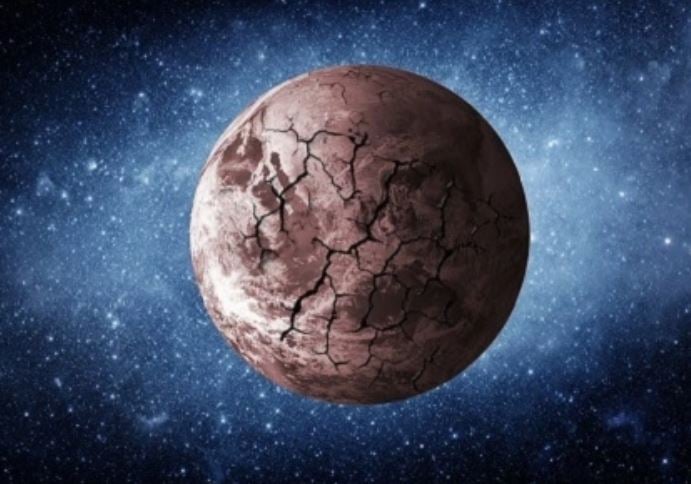Currently, the Earth is an ideal environment for life to thrive in oxygen-rich conditions. However, according to scientists , this situation will not last forever. When atmospheric change occurs, the process will progress very quickly, pushing the Earth back to a similar state before the Great Oxidation Event (GOE) about 2.4 billion years ago.
"For many years, the lifespan of the Earth's biosphere has been discussed based on scientific understanding of the stable luminosity of the Sun and the global carbonate-silicate geochemical cycle. One of the inevitable consequences is the continuous decline of atmospheric CO₂ concentrations and global warming on geological time scales," said environmental scientist Kazumi Ozaki of Toho University in Japan.
Illustration photo.
According to the analysis of the researchers, in the long term, oxygen in the atmosphere is unlikely to be considered a sustainable sign of planets with life. This means that extraterrestrial planets can exist without oxygen – a new direction for the search for life in the universe.
Climate models predict that deoxygenation will occur before humid greenhouse conditions develop in Earth’s climate and before there is a global loss of surface water, which is estimated to occur in about a billion years. At that point, humans and most other oxygen-dependent organisms will be “tipped off,” unless we find a way to leave the planet.
To come to this conclusion, the team built detailed simulations of Earth's biosphere, taking into account the gradual increase in the Sun's brightness and the decrease in carbon dioxide levels as the gas decomposes due to high temperatures. Lower CO₂ concentrations mean fewer photosynthetic organisms such as plants, leading to a dramatic decrease in atmospheric oxygen.
Scientists previously predicted that solar radiation would cause the seas to evaporate from the Earth’s surface in about 2 billion years. However, new research suggests that a drop in oxygen will be the first to kill life.
Earth scientist Chris Reinhard, working at the Georgia Institute of Technology (USA), emphasized: "The drop in oxygen is extremely serious, only a million times less than the present."
In that context, scientists are now expanding the scope of their search for signs of extraterrestrial life, aiming at biological signs other than oxygen that are still capable of supporting the development of life.
The study is part of a NASA-led project to explore the link between extraterrestrial ecosystems and the possibility of life. Based on calculations, the team concluded that the period of oxygen-rich life on Earth only accounts for about 20 to 30 percent of the planet's total lifespan, while microbial life could last much longer after humans disappear.
"After deoxygenation, the atmosphere would contain mostly methane at high concentrations, very little carbon dioxide, and the ozone layer would no longer exist. The Earth's ecosystem would then likely be a world of anaerobic organisms," said researcher Ozaki.
Bao Ngoc (t/h)
Source: https://doanhnghiepvn.vn/cong-nghe/su-song-tren-trai-dat-doi-mat-nguy-co-sut-giam-oxy-nghiem-trong-trong-tuong-lai/20250505090417404






![[Photo] Prime Minister Pham Minh Chinh and Prime Minister of the Kingdom of Thailand Paetongtarn Shinawatra attend the Vietnam-Thailand Business Forum 2025](https://vphoto.vietnam.vn/thumb/1200x675/vietnam/resource/IMAGE/2025/5/16/1cdfce54d25c48a68ae6fb9204f2171a)




















![[Photo] President Luong Cuong receives Prime Minister of the Kingdom of Thailand Paetongtarn Shinawatra](https://vphoto.vietnam.vn/thumb/1200x675/vietnam/resource/IMAGE/2025/5/16/52c73b27198a4e12bd6a903d1c218846)































































Comment (0)